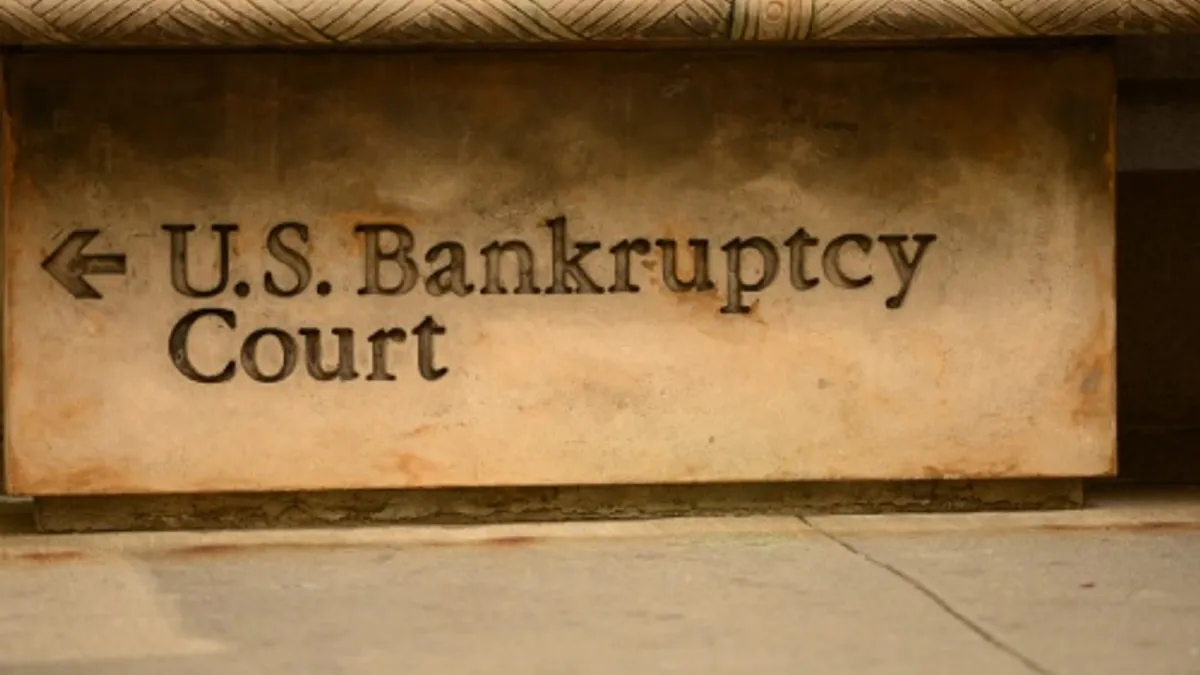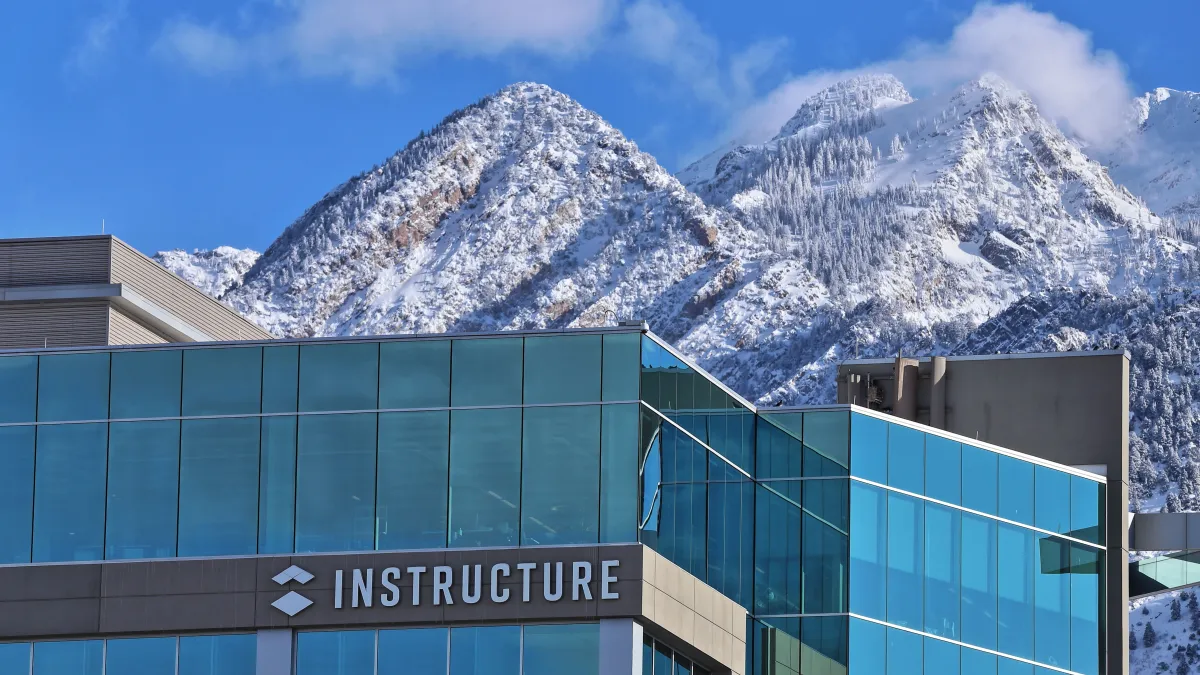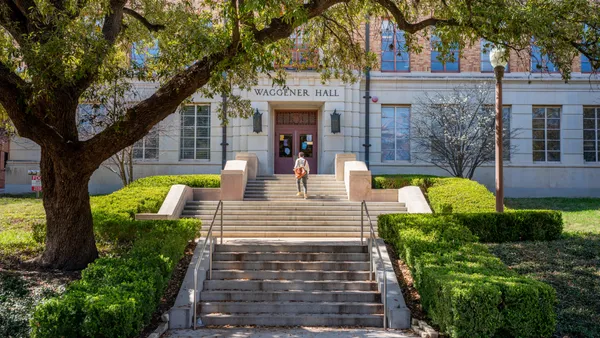When a polar vortex swept through the Midwest last week and triggered wind chills as low as 66 degrees below zero, University of Michigan professor Perry Samson thought it was too good of a teaching opportunity to pass up.
Samson, an atmospheric sciences professor, teaches a course called "extreme weather." In it, he covers topics such as hurricanes, tornadoes and lightning, as well as how a changing climate can alter the frequency and intensity of such events. The week the polar vortex hit, he was scheduled to lecture about heat waves.
Even if students were willing to chance frostbite in the record-breaking cold to get to his class, the university had made the rare call to close the campus. So instead, Samson took the class online.
Using the video platform Echo360, Samson was able to teach his students while he himself was hundreds of miles away in Washington. (Samson is head of teaching innovation for Echo360.) "The extreme weather case is obviously an outlier — that's my hope," he said. "But it's nice to have the option that when they do happen, you can continue teaching."
The University of Michigan canceled classes today but the course on "Extreme Weather" was conducted live to... https://t.co/E5du8IRBT7
— Perry Samson (@pjsamson) January 30, 2019
Samson is far from alone. Other instructors at closed campuses across the Midwest kept their students on track through the deep freeze by bringing their classes online.
Beau Baez, for instance, was able to continue teaching his law students at the University of North Dakota by using the video conferencing software Zoom. The part-time instructor likens how the platform works to the opening scene of The Brady Bunch sitcom, in which several videos of people fill the screen at once.
With Zoom, Baez could still teach using the Socratic method, the preferred mode of law school instruction in which the instructor calls on individual students to answer questions. In addition, the platform has a chat box, which allows him to pose a question to the entire class.
"I certainly am now able to engage more students by using the online technology than I ever could in the classroom," Baez said. "You ask one student one question, you often get a lot of people checking out — they stopped listening. But this way now all of a sudden I get a larger pool choosing to engage with the material."
Baez's comments echo those of other instructors who tout the ability of online platforms, when used effectively, to encourage more students to participate who may feel intimidated by raising their hand in a large lecture class. These online platforms also often feature other tools to engage students, such as polls and interactive presentations.
No down time
Beyond helping when instructors can't make it to class or to spur participation, online tools are proving critical when colleges find themselves scrambling for alternative class formats amid other extreme events. Those could be hurricanes, wildfires and even man-made disasters, which can cause closures for weeks or even months.
After Hurricane Harvey wreaked havoc on the Houston area, Lone Star College had to close one of its campuses for two months, Inside Higher Ed reported. In response, the college took all of its classes either entirely online or made them hybrid courses.
"We're very technologically advanced here," the college system's chancellor, Steve Head, told the publication at the time. "If students can get themselves to the campus at any of our locations, then you can do your work there or at home. We were already trending in that direction anyway."
The hurricane also prompted the college to accelerate plans to ramp up its digital learning initiatives, an effort more institutions are undertaking in the wake of emergency events that force them to close their campuses.
That's what happened at California State University, Northridge in December, when multiple shooting threats shut down the campus during finals. Though the Los Angeles college has a strong infrastructure for taking face-to-face classes online, it had not anticipated an emergency event would force instructors to find alternative formats during final exams.
Even so, professors were able to move many exams online or find local libraries or churches where they could be held if that wasn't possible. The shooting threats also prompted the college to enact a stronger plan in case finals have to be moved off campus again, said Matthew Cahn, the university's interim vice provost.
"The increasing dislocation that we're experiencing — whether it be climate change, whether it be increased risk of shooting threats, whatever it might be — is forcing us to make changes that we probably should have made but weren't yet comfortable doing so," Cahn said.
It wasn't the first time an emergency disrupted campus activities. Several years ago, Cahn said, Cal State Northridge dealt with a serious nearby wildfire that many at the time viewed as an anomaly. Last year, however, several California colleges closed due to poor air quality from two wildfires in separate parts of the state that claimed dozens of lives.
"We no longer see it as an anomaly," Cahn said. "We plan accordingly."






















